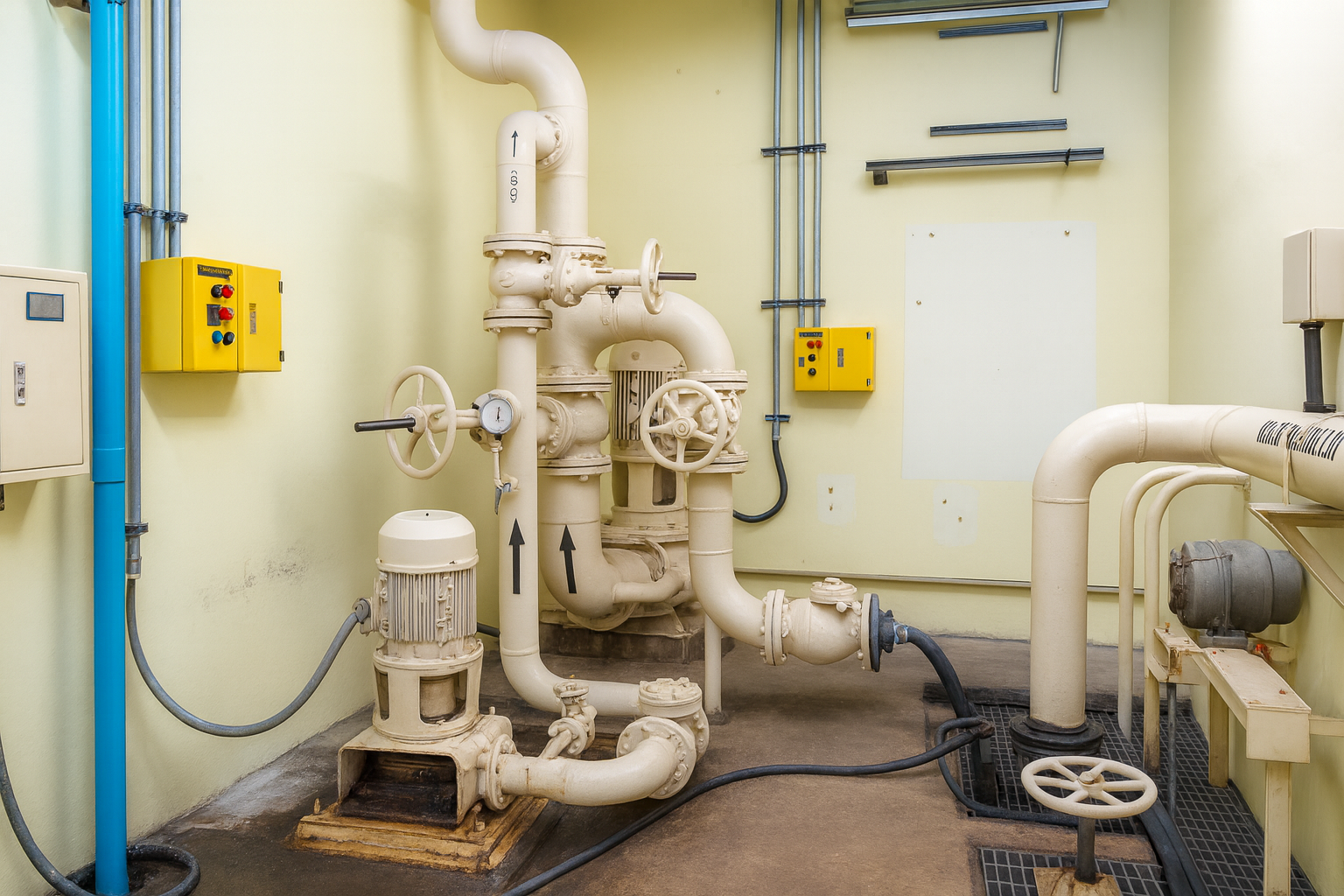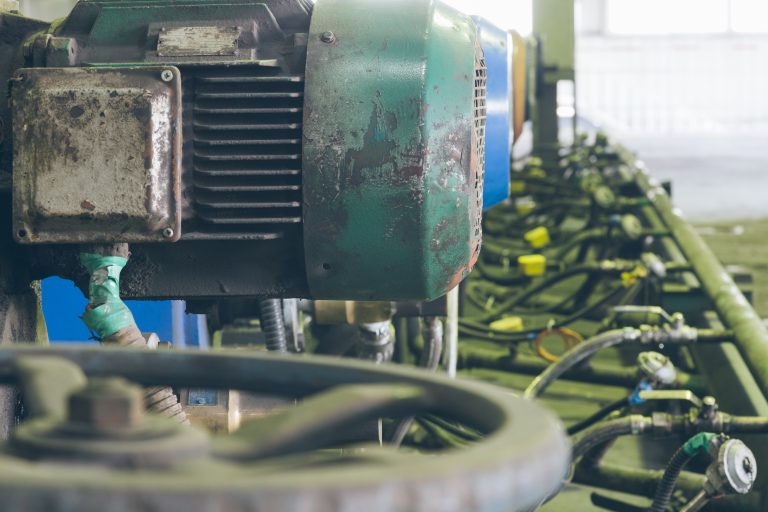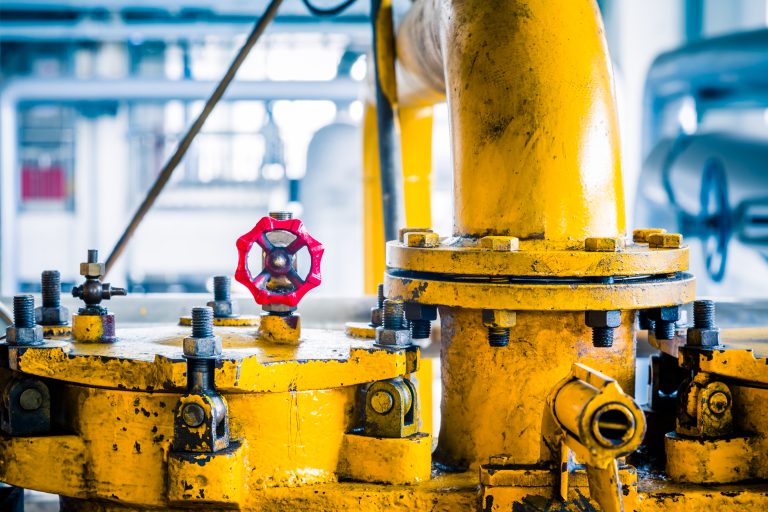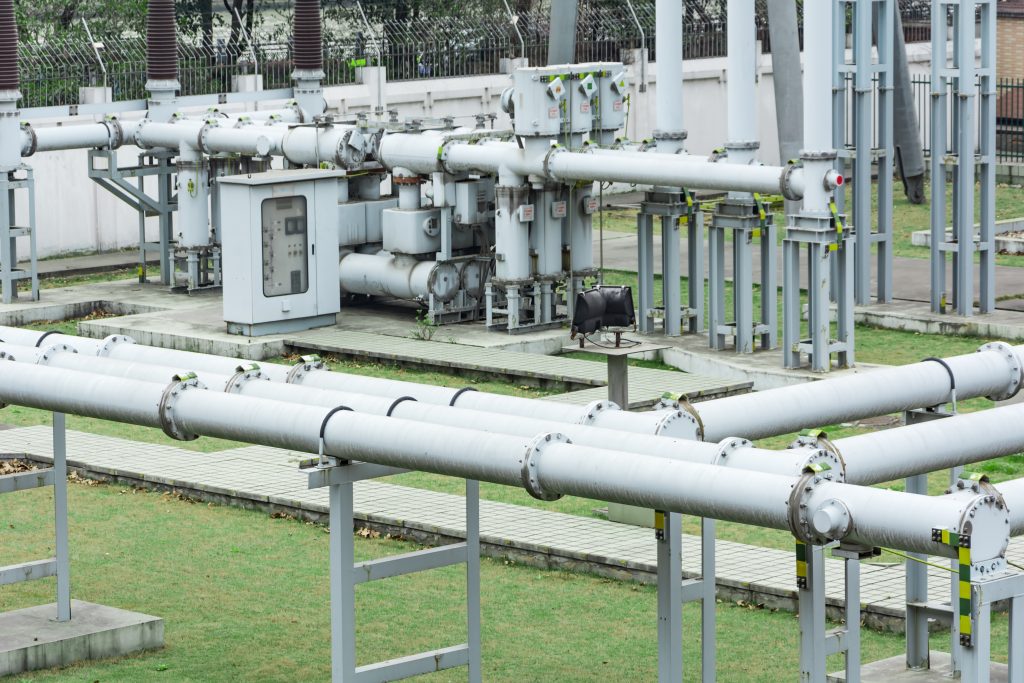
Integration of Automatic Control System
The Pumping Control System adopts an Automatic Control System integrating both hardware and software to enhance efficiency in flow and pressure regulation. This approach minimizes human error, optimizes process performance, and ensures compliance with industrial safety standards.
System Components: SCADA, PLC, HMIs, and Remote I/O Modules
The system architecture comprises SCADA for centralized monitoring, PLCs (Programmable Logic Controllers) for processing and control, HMIs (Human Machine Interfaces) for operator interaction, and Remote I/O Modules for reliable data acquisition and signal transmission from field devices to the control center.
Project Planning and Coordination
Prior to implementation, cross-disciplinary meetings were conducted with control, electrical, and mechanical engineering teams. These sessions defined the Scope of Work (SOW), identified potential risks, established testing procedures, and set safety benchmarks to ensure seamless project execution in alignment with industrial requirements.


Systematic Control System Design
The design process began with comprehensive site data collection, followed by the development of P&IDs (Piping and Instrumentation Diagrams) and Electrical Single Line Diagrams. Logic Diagrams and Control Philosophy documents were then created to ensure that the system functionality aligned with operational needs.

Field Survey and Equipment Installation
On-site surveys were performed to verify structural readiness and piping configurations. Critical components such as valves, pressure gauges, and pumping units were strategically installed to match design specifications. Dedicated areas were allocated for Control Panels and signal cabling infrastructure to support long-term operational reliability.

System Testing and Commissioning (Commissioning & Handover)
After installation, a multi-phase testing program was executed, including Loop Tests, Function Tests, and Integration Tests. These procedures validated the system’s performance against design requirements. Final handover to the end user included comprehensive operation manuals and preventive maintenance guidelines.

